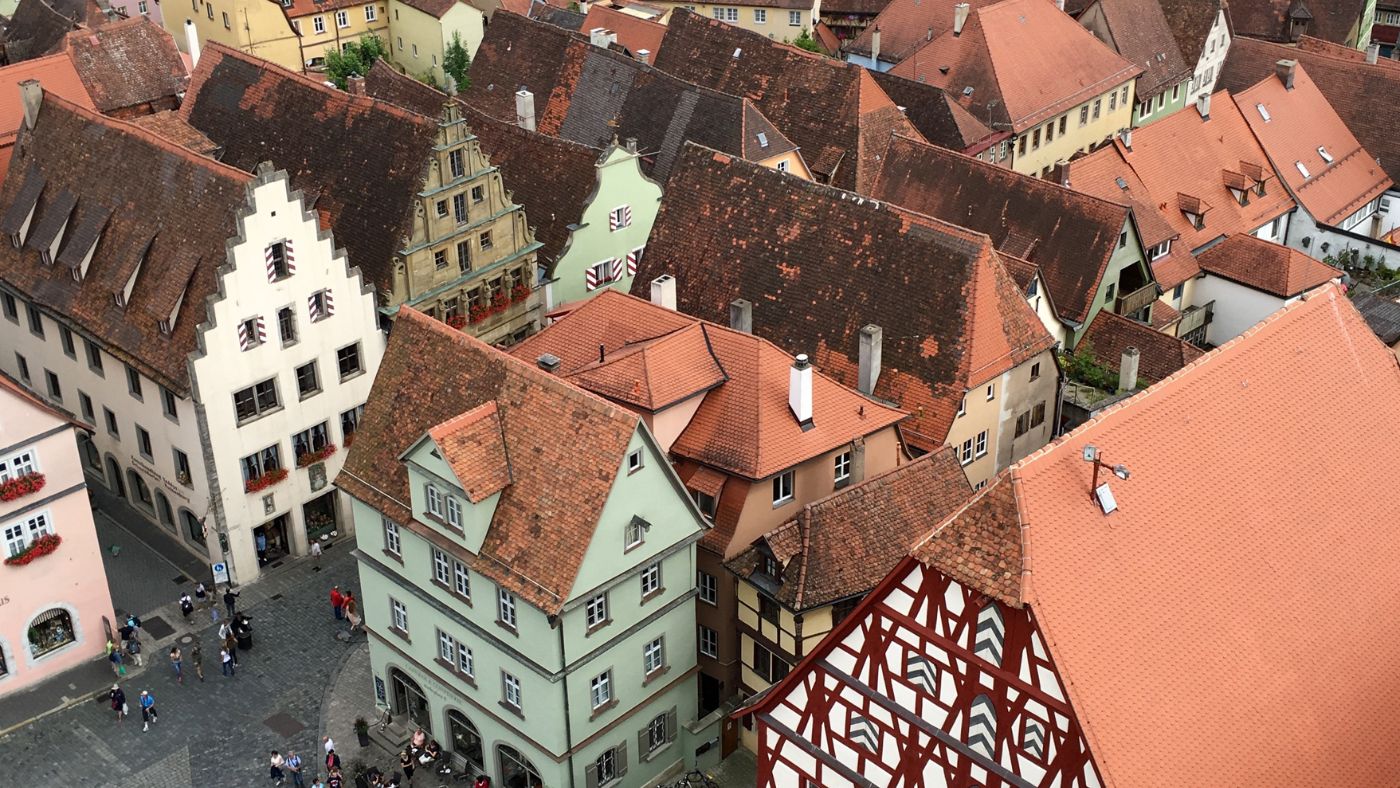The word “Hauptbahnhof” means “central station”, and is abbreviated as “Hbf”. This is typically the best-connected station in the town or city. The word “Flughafen” means “airport” and usually trains will connect from the airport station to the main Hbf station.
Germany is very well-connected by trains (Bahn), and the German train system has a comprehensive website to help you plan your travels around Germany. You will even find international connections and schedules.
Depending on your destination, you have many options. Typically, longer distances between major cities are the ICE trains, which may even offer a first class department and include on-train food services. All stops are serviced on the Regionalbahn (RB) train, and oftentimes you may take one of these to reach a smaller town. When researching your train travel online, click on the abbreviation in the “Products” column for a complete description of the types of trains offered for your preferred route.
It is a good idea to check on the German Rail Operator’s website www.bahn.de to see if your train allows bikes, and if so, how many. On some trains, a bike reservation may be required due to limited space.


